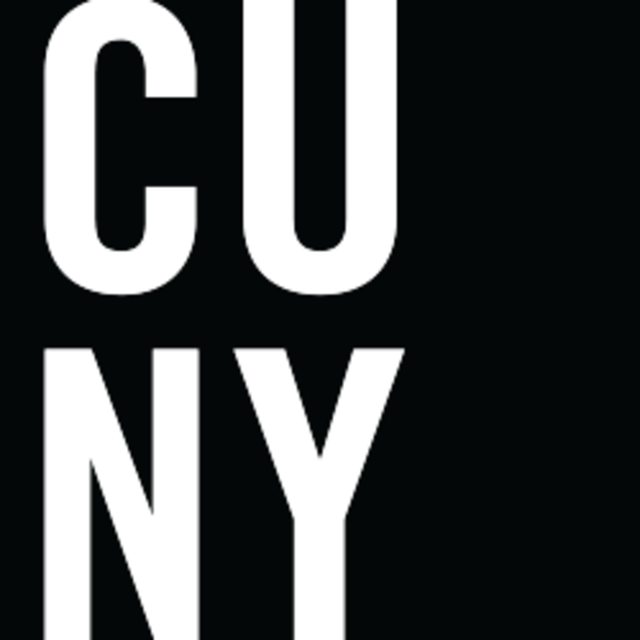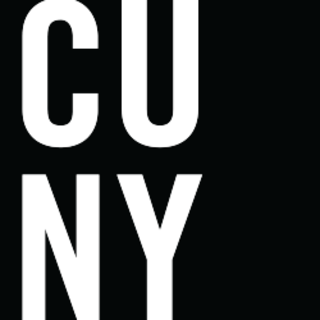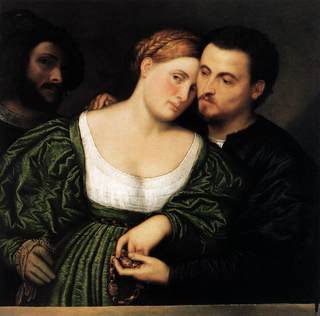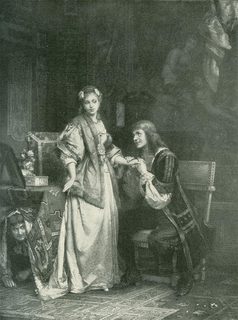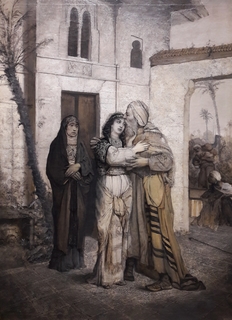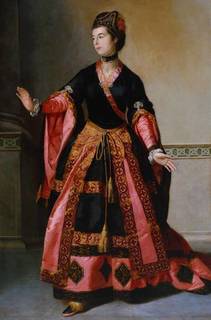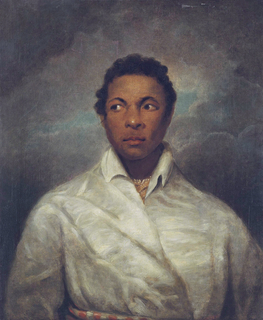Welcome!
This manifold project is the primary learning space for the course. You will access course readings and resources on this site, and annotate all the readings in our Manifold reading group. A major assignment of the course asks you to conduct archival research and collectively build our resource collections.
The "Resource Collection" of this project is created collaboratively by students in the class. Any use of the resources must attribute the author who created the resource.
This project is attributed a CC BY-NC-SA 4.0 license by the instructor.
